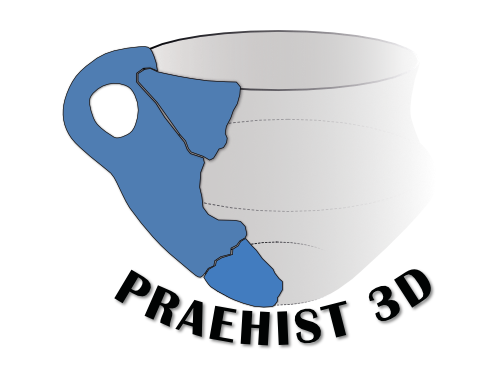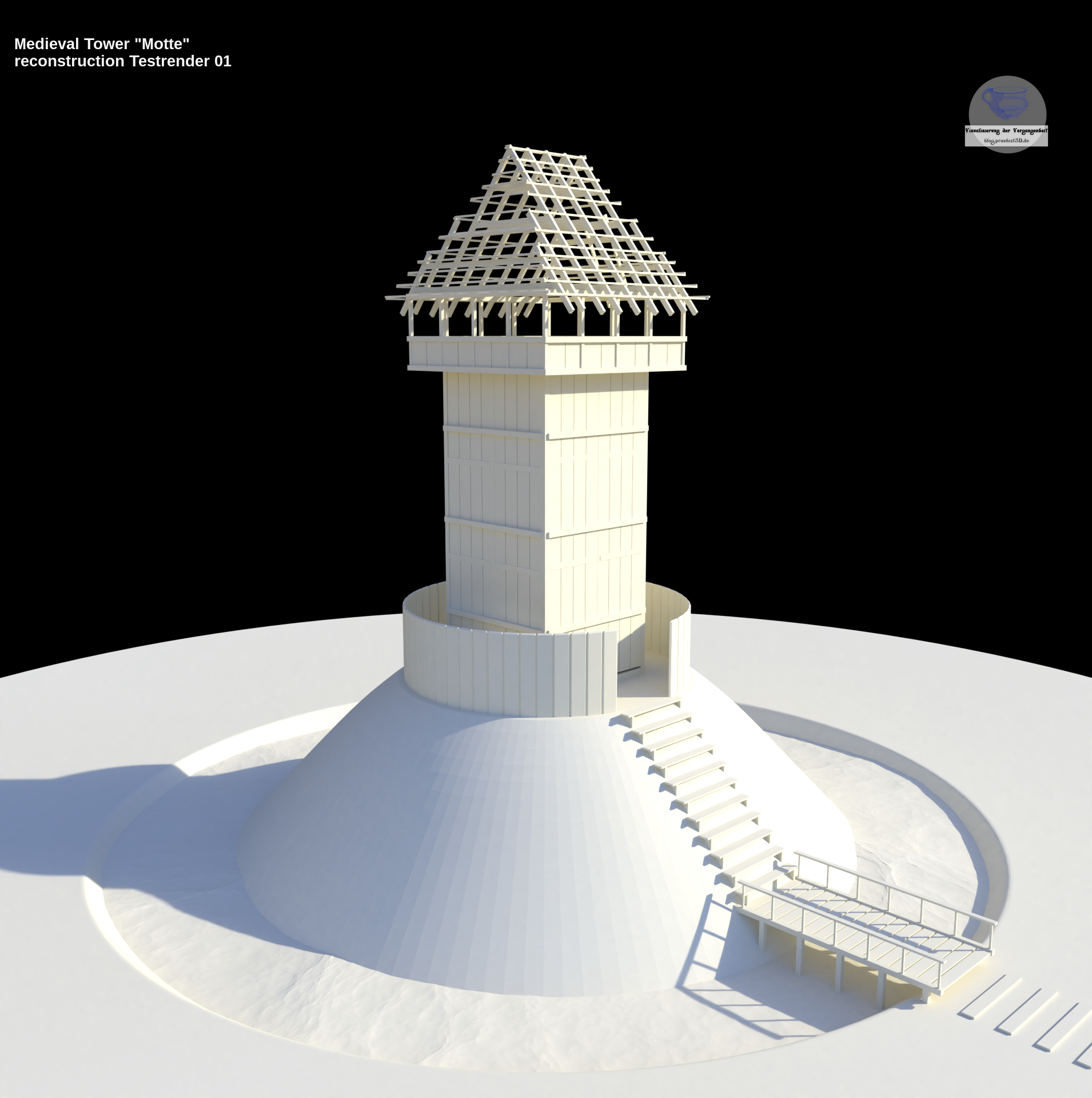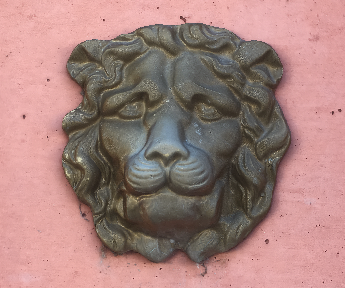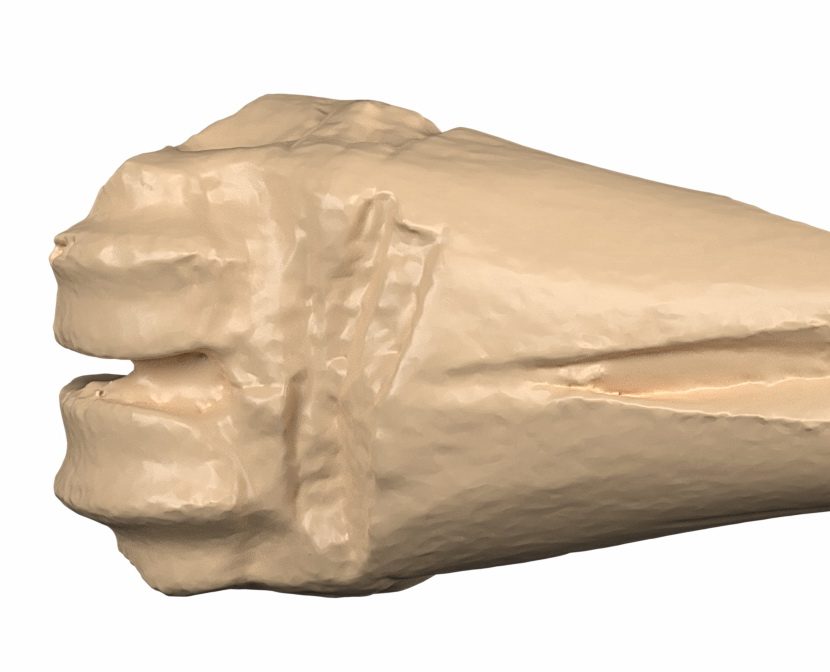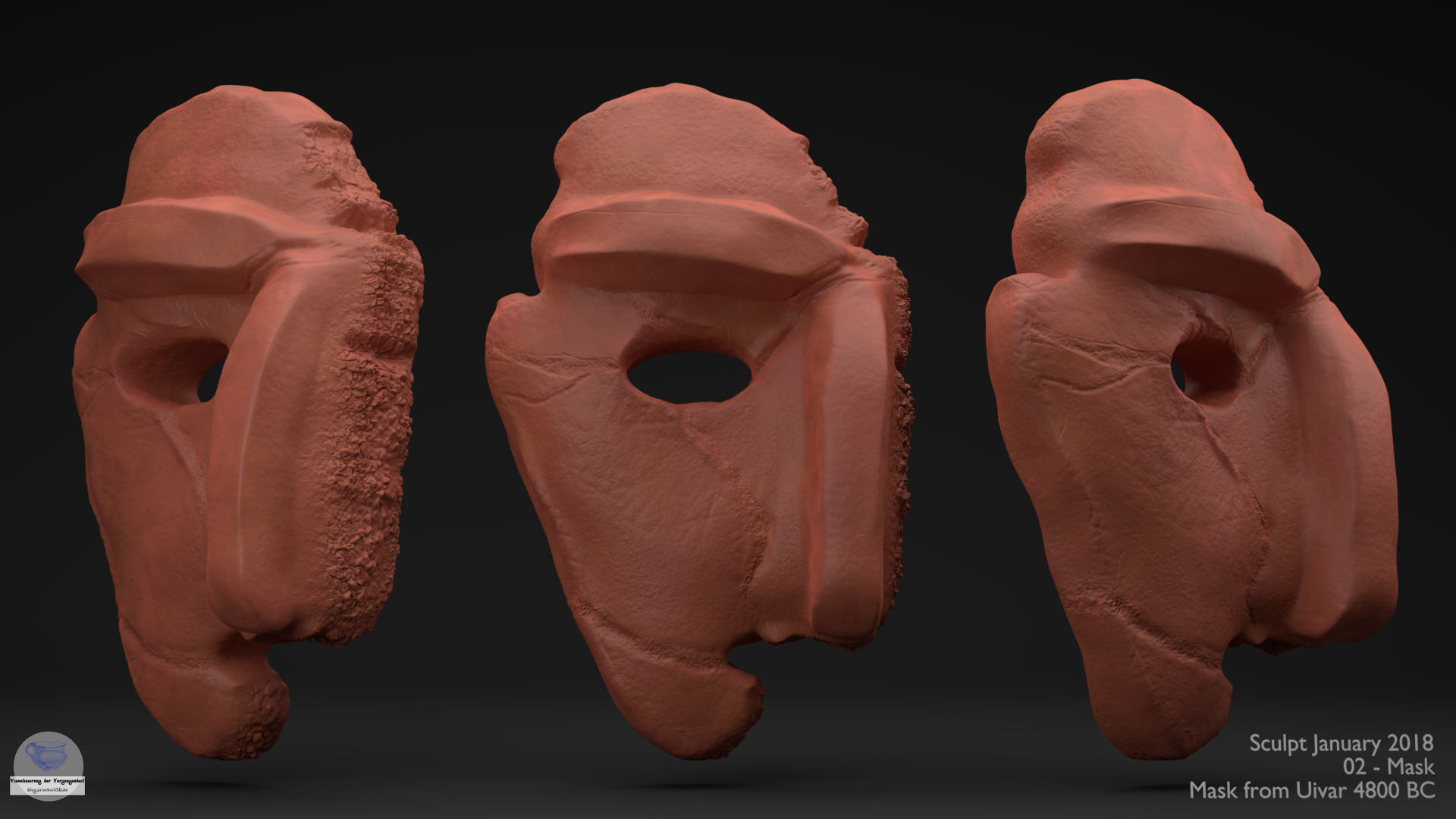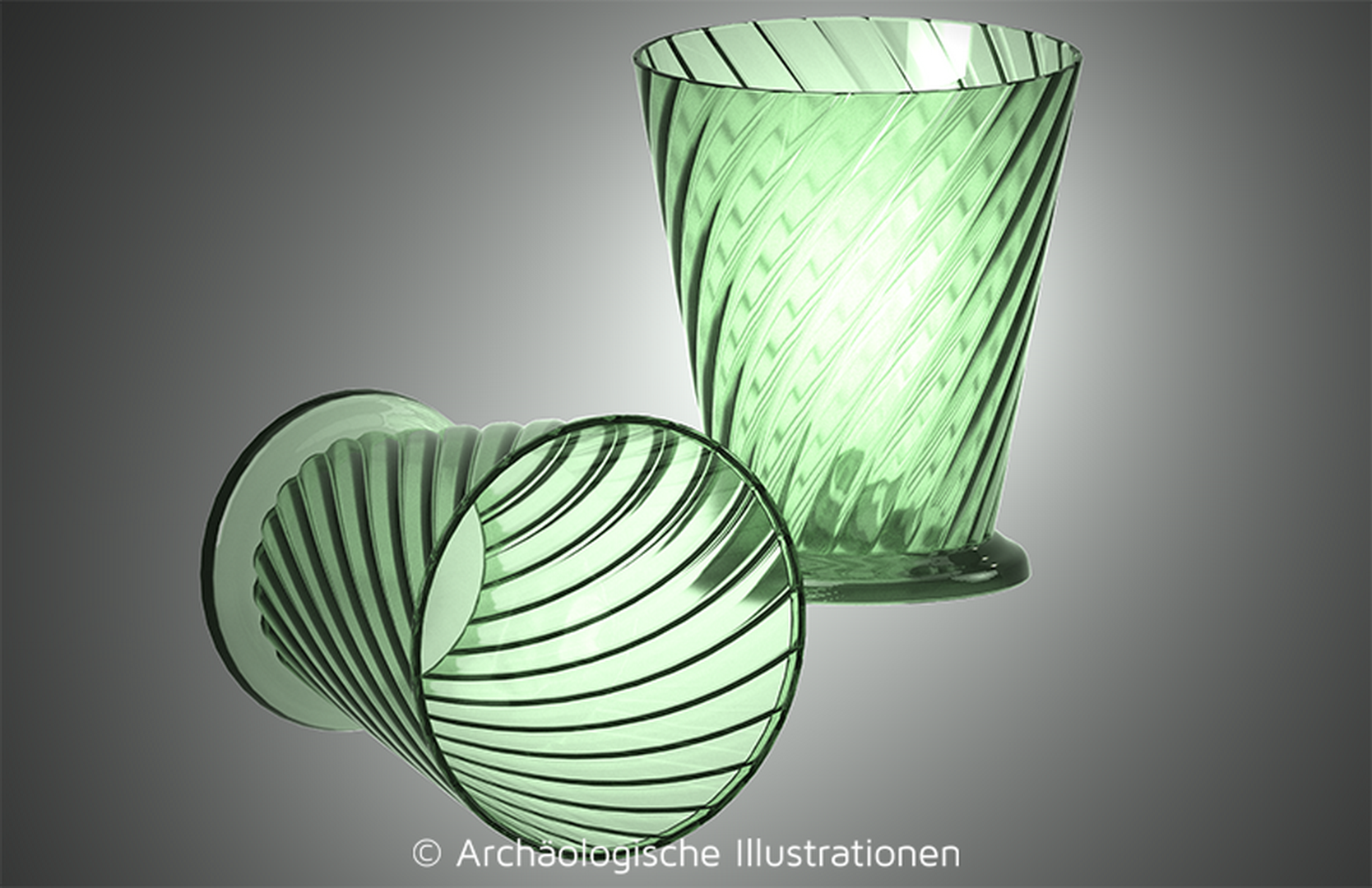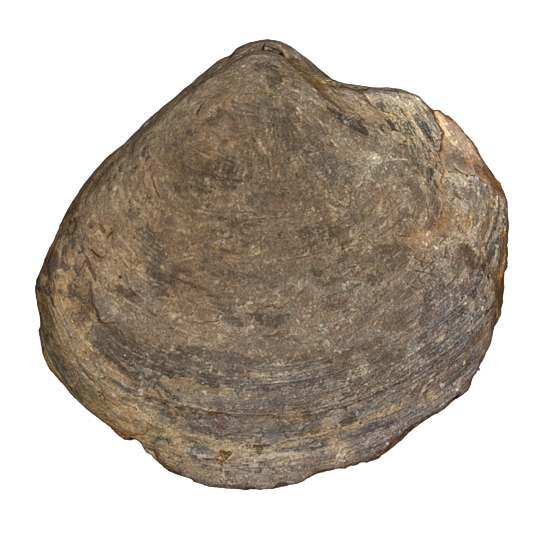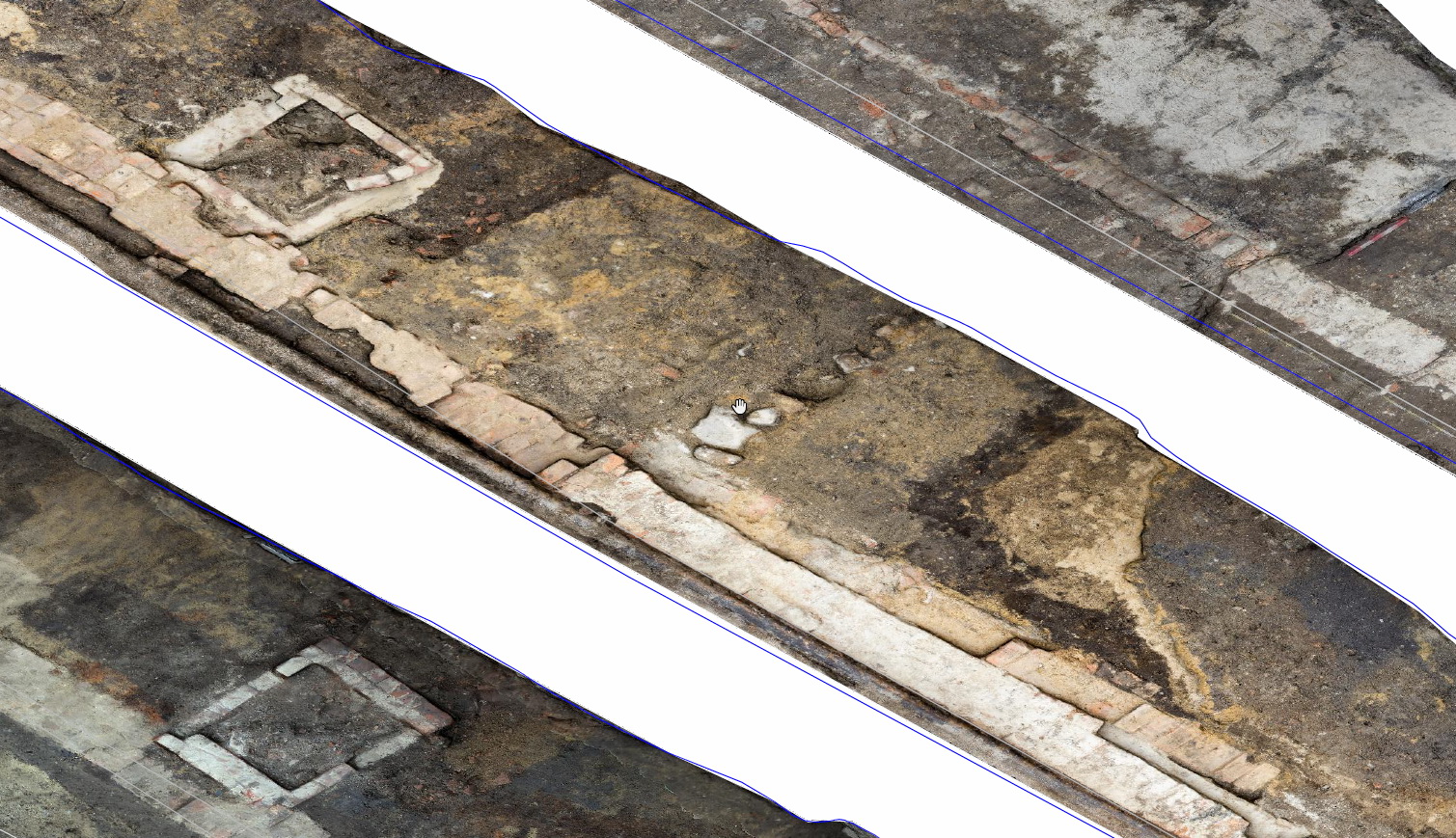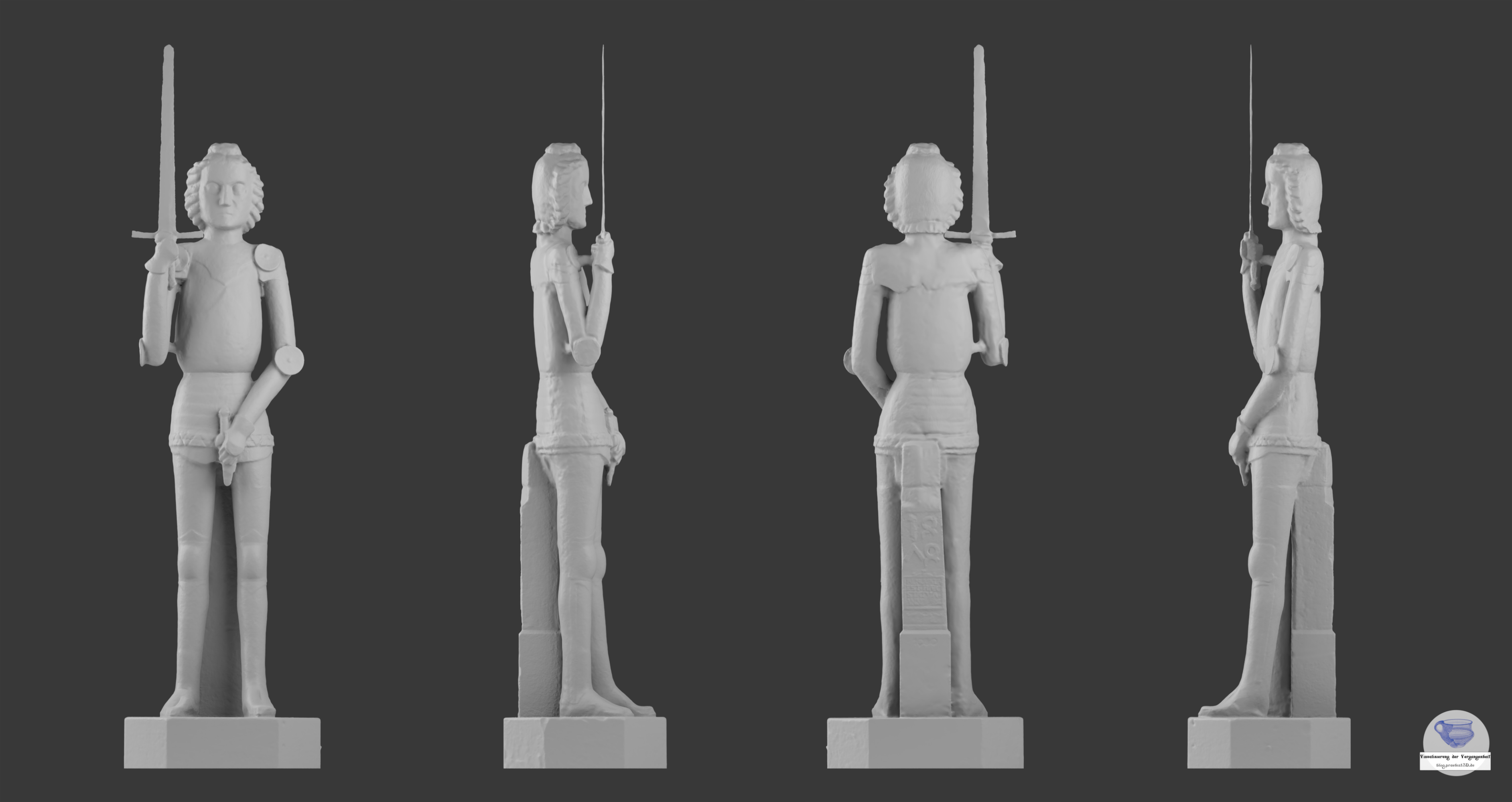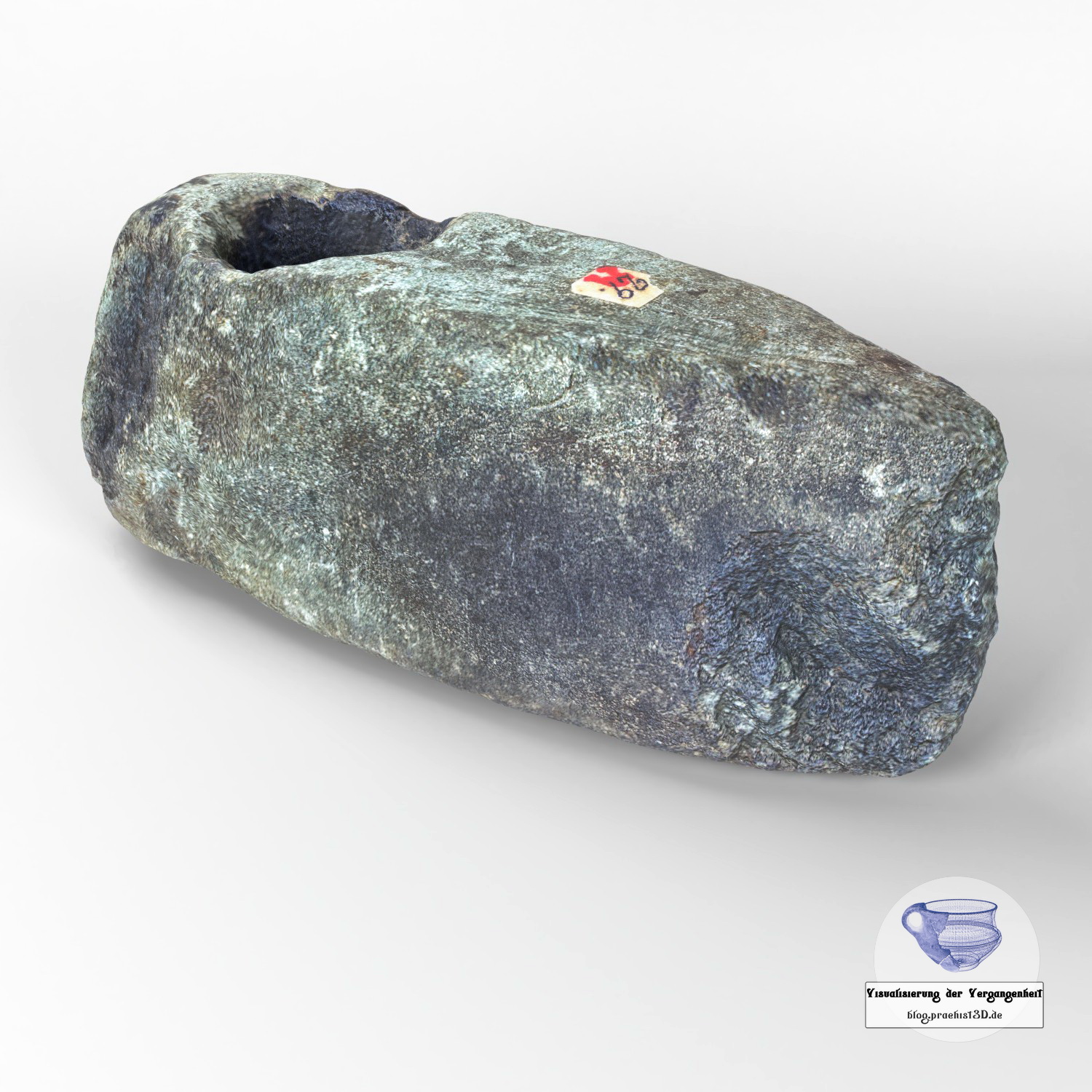A quick attempt at reconstructing a medieval motte, a hybrid between a castle and a fortified house. Buildings like this existed throughout Germany and provided security for smaller villages. Everything was created in Blender 3D 2.79.Continue readingSHORT Post – 3D concept of a medieval Motte
These are the results of a short test scan. The object is a lion’s head as part of the decoration of a building. The head itself has a diameter of 5 cm and is made of brass. This 3D object is based on 39 images taken on a cloudy day with an iPhone SE. The…Continue readingSHORT Post – a lion in the List, Hannover
Bones are processed in various steps into artifacts and tools. Frequently, unfinished or semifinished pieces of raw material can be found in archaeological assemblages. These semifinished products often have characteristic traces of processing, from which conclusions can be drawn on related finished products. A particularly typical form were metatarsus needed for needle production. The Metatarsus…Continue readingTraces of Bronze Age needle making in 3D
SHORT Post – the mask from Uivar
This year I’m participating in the Sculpting January Challenge. The goal is to become a better sculptor by creating 31 models in one month. On January 2nd, the theme was masks, so I tried to recreate the mask from Uivar (Romania). The object was found in the early 2000s during an excavation by the Free…Continue readingSHORT Post – the mask from Uivar
This article is a guest article by Martin Wagner. In it, he presents some reconstructions of glass objects that were reconstructed in AutoCAD. Glass is a particularly fragile material that is usually found in a very shattered state during excavations. It is rare that a complete vessel can be reconstructed from the fragments found. The…Continue readingGuestpost: “glass reconstruction in 3D”
Last week, I finally started using my automatic photogrammetry Rig, and scanned the first test objects. Right now, the rig is placed at my employers’ office, so the first scans are published by Formwerk 3D. Using this rig, we can get the needed pictures for 3D photogrammetry models in a clean and sharp quality in…Continue readingSHORT Post – fossils in 3D
The figurines received a remaster The first two figures from a set of nativity figures. The figures are about 7 cm high and are made of painted plaster, covered with clear varnish. The scan was done via photogrammetry, and the rendering was done using Blender. Mary Shephard The missing 12 figures should be scanned by…Continue reading3D-Print nativity figurines – I
At the beginning of this blog, I wrote an article about the capabilities and possibilities of 3D photogrammetry documentations for large areas. The Excavation I choose as an example is now finished, and I can start to write some articles. But this may take some time, so here are is a little preview: The pictures above…Continue readingSHORT Post – preview 3D Plana
3 Years ago, I took a series of photos for a 3D model of the Brandenburg Roland. Sadly, these were not enough to build a watertight model. One week ago, my brother had the opportunity to re-shoot the statue and send me the pictures I needed to complete the model via mail. The statues of…Continue readingBrandenburger Roland in 3D
3D capture of a Neolithic axe Today I would like to talk about signs of wear and damage on archaeological finds. I have chosen a Neolithic polished rock axe as an example object. It comes from the central university collection of the Free University of Berlin and was originally picked up in preparation for my…Continue readingVisualization and analysis of traces of use
